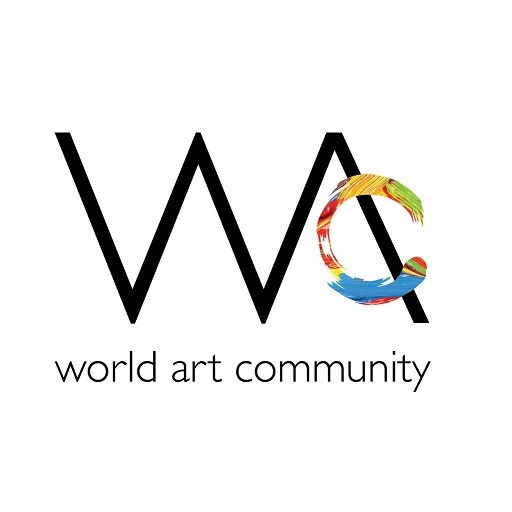Resurgence of creative businesses

Entrepreneurship
315 week ago — 6 min read
With the Industrial Revolution of the 19th century the world embraced the assembly-line mass production of goods. In spite of this transition to new manufacturing processes the relevance of handcrafted products never completely dissipated. And now the 21st century is witnessing a resurgence of handmade & bespoke products - they are capturing the imagination of an audience that values craftsmanship, originality and exclusivity. Shobhit Arora, Founder CEO of the Worldartcommunity.com talks about the rise of such ‘creative businesses’ and how they can contribute substantially to economic growth.
I am often asked about how I see the future of handmade goods, especially in the light of mass produced low cost output from our sprawling industries. On the other side, does the age of 3D printing even allow room for handmade products? And most importantly, why are we so bullish on Art and Design and the growth in consumption in the category? Here’s the way I see it...
The wheel seems to be turning full circle. As urban consumers go back to choosing products and services that are no longer mass produced. Think customised, small-batch, personalised, one-of-a-kind products. Being created by a new generation of creative entrepreneurs who aren’t afraid to give up lives in the fast lane and follow their dream of crafting a successful artistic business. Driven by an ever – growing mass of aware and demanding consumers for whom, handmade and niche products are a real opportunity to express personality. Especially when the race to be different is lost once the world hops onto the buying bandwagon after a new product launch.
This is a fast-growing tribe who will seek out unique products, artisanal blends, natural foods, bespoke experiences and even customise manufactured products with signatures and add-ons. A lot of this will not be found on a shelf. Word-of-mouth and personal contacts will be discovery and experience triggers. For consumers are now looking to move back to quality and tradition. And they are prepared to invest time, effort and money in it.
As a result - India's creative businesses that were once a symbolic representation of our diverse tradition of craft and culture – are quickly emerging as potent contributors to business growth. And changing lives for both their owners and customers. The irony is that we are re-discovering our craft tradition only once it is morphing into a contemporary ‘avataar ’ and after the West has found joy in hand-made goods.
Ryan Raffaelli, of the Harvard Business School, has ascribed the revival and growth of one-time old-school products (hand-wound Swiss watches, trams, fountain pens) to a redefinition of the product’s value and meaning. So a Swiss hand-wound watch became a cult product to own, rather than merely being a means of telling the time. It became something that spoke for the person who owned it.
Today and also fueled by India’s vibrant startup culture, a new segment of artistic entrepreneurs have emerged - who have turned an existing or acquired artistic talent into a serious hobby and then into a business. Their creativity finds expression in contemporary forms of craft – such as wirecraft, illustration, crochet, photography and more. But what has remained constant is the talent and ability to create something by hand.
The handmade economy in India, which straddles a wide range of goods and services from arts and crafts, is seeing huge growth. Handicrafts alone as a category is expected to reach $7Bn in 2018, up from an estimated $5.5Bn in 2016. Growth that is driven by the power of the very same technology – which once disrupted the traditional economy.
Larry Downes and Paul Nunes have put forward the concept of Disruptive Innovation where they speak of how old technologies are being resurrected into viable businesses with the help of digital technology. The same digital disruption is being used to create a larger, more efficient and connected version of an older ecosystem. In their words “The same disruption is driving both the decline and, later, the re-emergence. There is no paradox.”
An online marketplace exclusively for handcrafted products – is proof of this disruption – where a tiny hand-made fridge magnet sells side by side with a fine-art painting to a global audience. Seller tools and expert guidance enable craftspersons to set up stores and to connect directly with customers. Investments in talent and technology to grow the craft business ecosystem are now all set to offer a larger but curated product selection via an outstanding user experience.
The Economist sees these developments as a rejection of the disruptors . “[T]he more that disruptive innovations like the internet boost the overall productivity of the economy,” they write, “the more room there will be for old-fashioned industries that focus on quality rather than quantity and heritage rather than novelty.”
We rest our (crafted) case.
To explore business opportunities, link with me by clicking on the 'Invite' button on my eBiz Card.
Disclaimer: The views and opinions expressed in this article are those of the author and do not necessarily reflect the views, official policy or position of GlobalLinker.
Network with SMEs mentioned in this article
View CEO 's profile
Most read this week












Comments (2)
Please login or Register to join the discussion